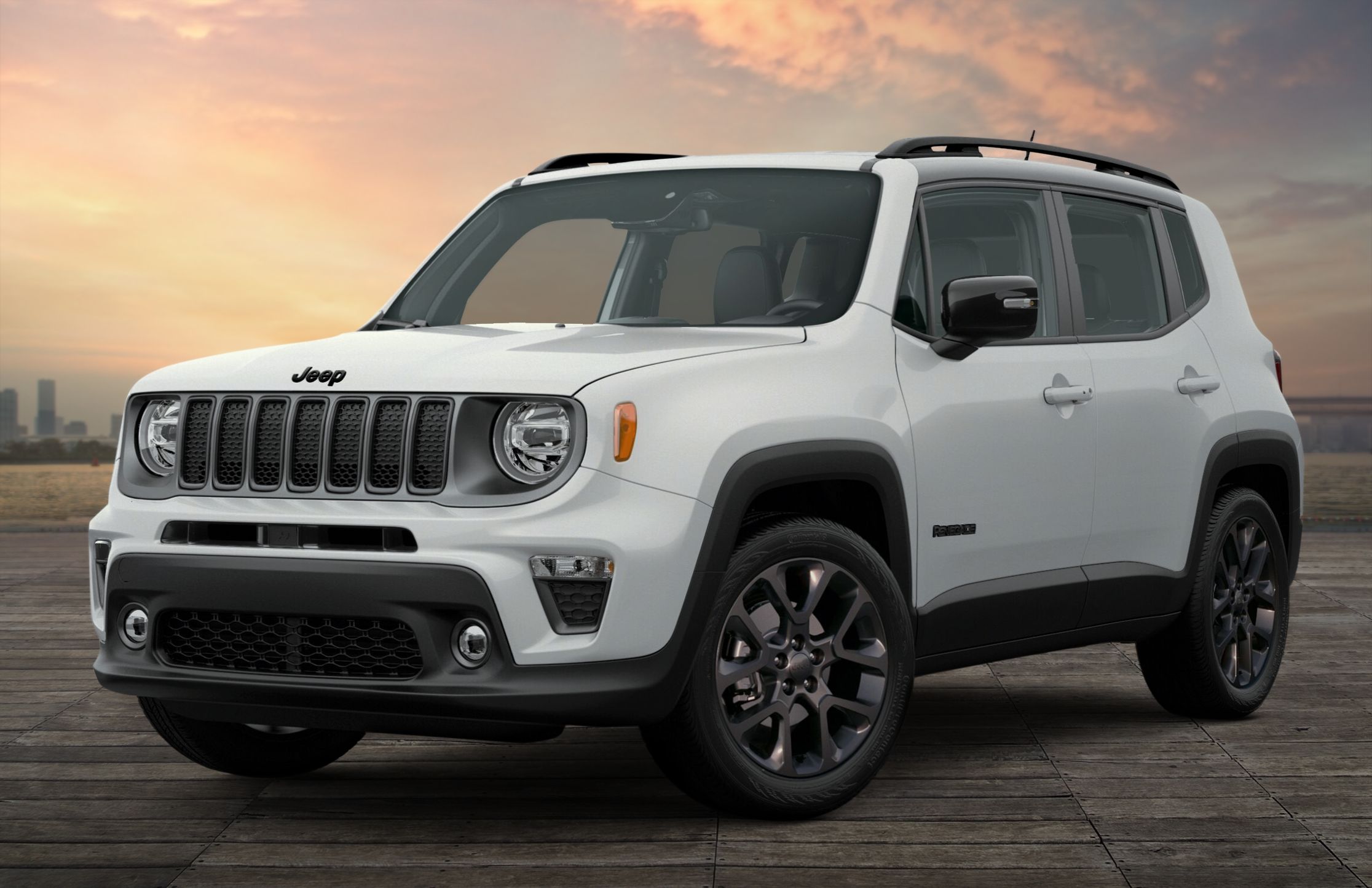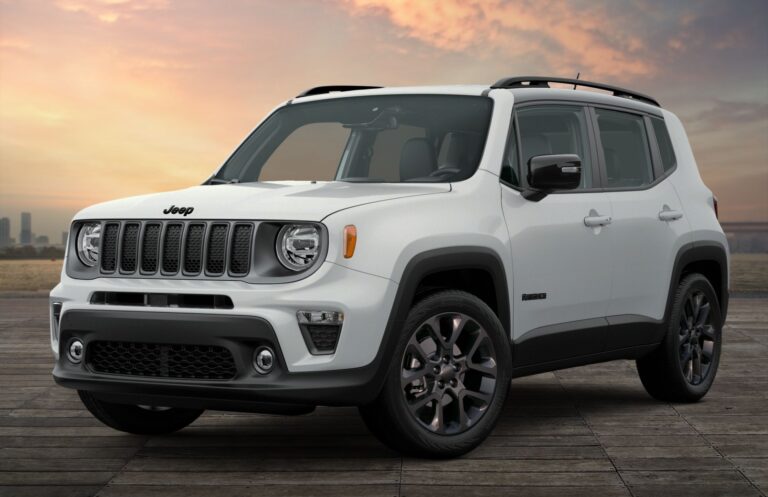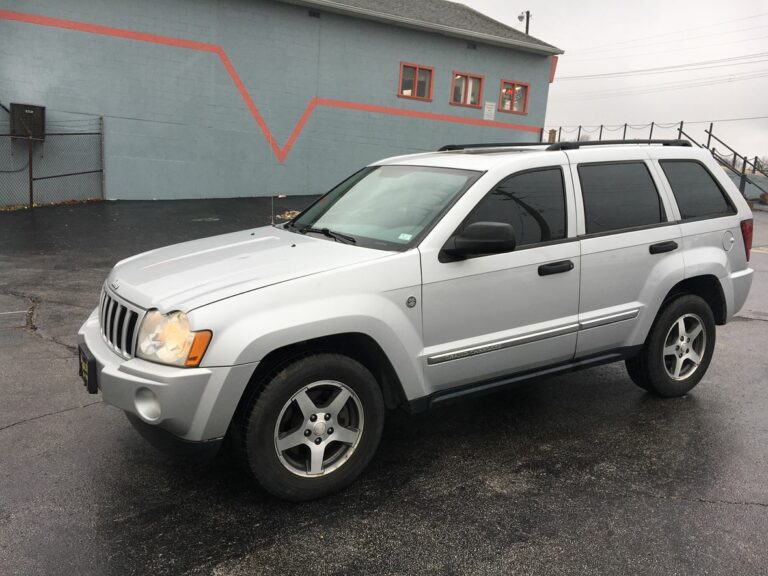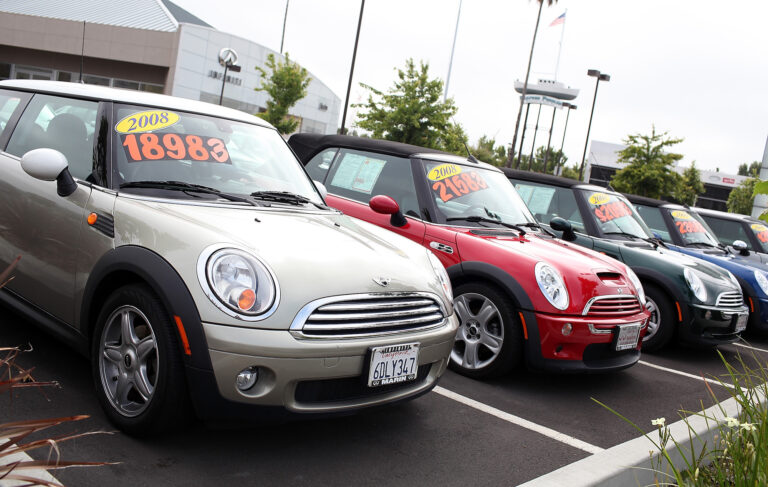Jeep Wrangler 4.0 Power Steering Pump For Sale: A Comprehensive Guide
Jeep Wrangler 4.0 Power Steering Pump For Sale: A Comprehensive Guide jeeps.truckstrend.com
The iconic Jeep Wrangler, particularly models equipped with the robust 4.0-liter inline-six engine, is renowned for its legendary off-road prowess and enduring reliability. However, even the most rugged vehicles have components that wear out over time. Among these is the power steering pump, a vital part that transforms the effort of turning your steering wheel into a smooth, effortless experience, whether you’re navigating tight city streets or conquering challenging trails. If you’re a Jeep Wrangler 4.0 owner experiencing steering issues, or simply looking to understand more about this critical component, this comprehensive guide will delve into everything you need to know about finding, purchasing, and maintaining a Jeep Wrangler 4.0 power steering pump.
Understanding the Jeep Wrangler 4.0 Power Steering System
Jeep Wrangler 4.0 Power Steering Pump For Sale: A Comprehensive Guide
At its core, a power steering system reduces the physical effort required to steer a vehicle. In your Jeep Wrangler 4.0, this system primarily consists of the power steering pump, the steering gear (often a steering box in older Wranglers), and various hoses and fluid. The power steering pump, typically belt-driven by the engine, pressurizes hydraulic fluid which is then sent to the steering gear. This pressurized fluid assists the driver in turning the wheels, making maneuvers like parking or navigating tight off-road obstacles significantly easier and less fatiguing. Without a properly functioning power steering pump, your Wrangler’s steering can become incredibly heavy, making it difficult and potentially unsafe to drive.
Symptoms of a Failing Power Steering Pump
Recognizing the signs of a failing power steering pump early can save you from more extensive damage and a potentially dangerous driving situation. Here are the most common symptoms:
- Whining or Groaning Noises: This is often the most common and earliest indicator. You might hear a high-pitched whine, especially when turning the steering wheel. This noise typically originates from low fluid levels, air in the system, or internal wear within the pump itself.
- Stiff or Difficult Steering: If turning the wheel feels like a workout, particularly at low speeds or when stationary, your power steering pump may be losing its ability to generate adequate pressure. The steering might feel normal at higher speeds, but become heavy and resistive when parking or maneuvering slowly.
- Fluid Leaks: Puddles of reddish-brown fluid (power steering fluid) under your Jeep, or visible leaks around the pump or hoses, are clear signs of a problem. Leaks can lead to low fluid levels, which in turn cause pump cavitation (air bubbles) and premature wear.
- Foamy or Discolored Fluid: Check your power steering fluid reservoir. If the fluid appears bubbly, foamy, or dark and burnt-smelling, it indicates contamination, overheating, or air in the system, all of which are detrimental to pump health.
- Intermittent Power Steering: If the power steering assist comes and goes, or feels inconsistent, it suggests a pump that is struggling to maintain consistent pressure. This can be particularly alarming and dangerous, as it can lead to unpredictable steering feel.

Why Replace Your Power Steering Pump?
Ignoring a failing power steering pump is not advisable. Beyond the obvious safety concerns of compromised steering control, a malfunctioning pump can lead to:
- Increased Wear on Other Components: A struggling pump can put excessive strain on the serpentine belt, pulleys, and even the steering gear itself, leading to premature failure of these parts.
- Uncomfortable Driving Experience: A heavy steering wheel makes daily driving a chore and significantly detracts from the enjoyment of driving your Wrangler.
- Safety Hazard: Loss of power steering assist, especially in an emergency maneuver, can lead to accidents. Ensuring your power steering system is in top condition is paramount for your safety and that of others on the road.
Types of Power Steering Pumps Available for the Jeep Wrangler 4.0
When searching for a replacement pump, you’ll encounter several options, each with its own pros and cons:
- New OEM (Original Equipment Manufacturer): These are identical to the pump that came with your Jeep from the factory. They offer guaranteed fitment, quality, and performance, but are typically the most expensive option.
- New Aftermarket: Produced by third-party manufacturers, aftermarket pumps can offer a good balance of quality and price. Brands vary widely in reputation, so research is crucial. Some aftermarket pumps may even offer improvements over the original design.
- Remanufactured/Rebuilt: These pumps are original units that have been disassembled, cleaned, inspected, and had worn components replaced (e.g., seals, bearings). They are then reassembled and tested to meet or exceed OEM specifications. Remanufactured pumps are often a cost-effective and environmentally friendly option, typically coming with a warranty. A "core charge" is usually applied, which is refunded when you return your old pump.
- Used: Sourced from salvage yards or private sellers, used pumps are the cheapest option. However, their reliability is highly unpredictable, and they usually come with no warranty. This option is generally not recommended unless you are on a very tight budget and understand the inherent risks.
Key Considerations When Buying a Power Steering Pump
Making an informed decision when purchasing a power steering pump involves several factors:
- Compatibility: Ensure the pump is specifically designed for your Jeep Wrangler’s year, model, and the 4.0L engine. Double-check part numbers if possible.
- Brand Reputation: Stick with reputable brands known for quality and reliability. For aftermarket, read reviews and seek recommendations.
- Warranty: A good warranty (typically 1-3 years for new/remanufactured) provides peace of mind and protection against premature failure.
- Included Components: Some pumps come with a new pulley and/or reservoir, while others require you to transfer these from your old pump. Factor this into the overall cost and convenience.
- Core Charge: If opting for a remanufactured unit, understand the core charge policy and ensure you can return your old pump to get the refund.
Where to Buy a Jeep Wrangler 4.0 Power Steering Pump
You have several avenues for purchasing a replacement pump:
- Local Auto Parts Stores: Chains like AutoZone, Advance Auto Parts, O’Reilly Auto Parts, and NAPA often stock various options (new aftermarket, remanufactured) and can help with fitment.
- Online Auto Parts Retailers: Websites like RockAuto, Summit Racing, and PartsGeek offer a vast selection, competitive pricing, and detailed product information.
- Jeep Dealerships: For new OEM parts, your local Jeep dealership is the go-to source, though prices will be higher.
- Specialized Jeep Parts Retailers: Companies like Quadratec, Morris 4×4 Center, and ExtremeTerrain specialize in Jeep parts and can offer expert advice and a curated selection.
- Online Marketplaces: eBay and Amazon can have competitive prices, but verify seller reputation and return policies carefully.
Installation Guide (Overview)
Replacing a power steering pump can range from a moderately challenging DIY project to something best left to a professional, depending on your mechanical skill level and available tools. Here’s an overview of what’s involved:
- Safety First: Disconnect the battery. Use jack stands to safely support the vehicle if raising it for better access.
- Drain the System: Use a fluid extractor or disconnect a hose at the lowest point to drain the old power steering fluid into a suitable container.
- Remove the Belt: Loosen the tensioner to remove the serpentine belt from the power steering pump pulley.
- Disconnect Hoses: Carefully disconnect the high-pressure and return lines from the pump. Be prepared for some fluid spillage.
- Unbolt the Pump: Remove the mounting bolts securing the pump to the engine bracket.
- Transfer Components: If necessary, transfer the pulley and/or reservoir from the old pump to the new one.
- Install New Pump: Mount the new pump, reattach hoses, and reinstall the serpentine belt, ensuring proper tension.
- Refill and Bleed: Fill the reservoir with the correct type of new power steering fluid (consult your owner’s manual). Bleeding the system is crucial to remove air bubbles. This typically involves starting the engine and slowly turning the steering wheel lock-to-lock several times, checking fluid levels frequently, until no more air bubbles are visible and the steering feels smooth.
Pro Tip: If you’re unsure about any step, or lack the proper tools, it’s always safer and often more cost-effective in the long run to have a qualified mechanic perform the installation.
Maintenance Tips to Prolong Pump Life
Once your new power steering pump is installed, follow these tips to maximize its lifespan:
- Check Fluid Levels Regularly: At least every oil change, inspect the power steering fluid level and top it off if necessary.
- Use the Correct Fluid: Always use the type of power steering fluid specified in your Jeep’s owner’s manual. Using the wrong fluid can cause damage to seals and internal components.
- Flush the System Periodically: Over time, power steering fluid degrades and accumulates contaminants. A fluid flush (every 50,000-75,000 miles or as recommended by your manual) can significantly extend the life of your pump and the entire steering system.
- Inspect Hoses and Clamps: Look for signs of wear, cracks, or loose connections on the power steering hoses. Address any issues promptly to prevent leaks and air intrusion.
- Avoid Holding at Full Lock: Try not to hold the steering wheel at its maximum turn (full lock) for extended periods, as this puts excessive strain and heat on the pump.
Jeep Wrangler 4.0 Power Steering Pump Price Table
Below is an illustrative price table for various types of power steering pumps for the Jeep Wrangler 4.0L engine. Prices can vary significantly based on brand, retailer, and specific year/model variations.
| Type of Pump | Example Brands/Origin | Price Range (USD) | Warranty | Notes/Pros |
|---|---|---|---|---|
| New OEM | Mopar (Genuine Jeep Part) | $250 – $450+ | 1-2 Years (Limited) | Exact fit, highest quality, factory performance. Often does not include pulley. |
| New Aftermarket | ACDelco, Gates, Delphi, Dorman | $120 – $280 | 1-3 Years | Good balance of price and quality. Wide availability. Quality varies by brand. |
| Remanufactured | Cardone, A1 Cardone, BBB Industries | $80 – $180 | 1-3 Years | Cost-effective, environmentally friendly. Requires core return for refund. |
| Used | Salvage Yards, Private Sellers | $40 – $100 | Typically None | Cheapest option. High risk of unknown condition or premature failure. |
Note: Prices are estimates and do not include installation labor or shipping costs. Core charges for remanufactured units typically range from $20-$50.
Frequently Asked Questions (FAQ)
Q1: How long do power steering pumps typically last on a Jeep Wrangler 4.0?
A1: With proper maintenance, a power steering pump can last anywhere from 100,000 to 150,000 miles or even more. However, factors like driving conditions (e.g., heavy off-roading), fluid quality, and regular maintenance greatly influence its lifespan.
Q2: Can I drive my Jeep Wrangler 4.0 with a bad power steering pump?
A2: While technically possible, it is highly discouraged and potentially dangerous. The steering will be extremely difficult to turn, especially at low speeds, increasing the risk of an accident. Continued driving can also put undue strain on other steering components, leading to more expensive repairs.
Q3: What kind of power steering fluid does my Jeep Wrangler 4.0 use?
A3: Most Jeep Wrangler 4.0L engines (YJ and TJ models) typically use Mopar MS-5931 (Power Steering Fluid +4) or an equivalent ATF+4 fluid. Always consult your owner’s manual for the exact fluid specification for your specific year and model. Using the wrong fluid can damage the pump and seals.
Q4: Is it hard to replace a power steering pump on a Jeep Wrangler 4.0 myself?
A4: For an experienced DIY mechanic with the right tools, it’s a manageable job. However, for those unfamiliar with engine bay work, it can be challenging due due to limited space and the need for proper bleeding of the system. If in doubt, professional installation is recommended.
Q5: What is a "core charge" and how does it work?
A5: A core charge is a deposit you pay when purchasing a remanufactured part. It’s an incentive to return your old, failed part (the "core") to the retailer or manufacturer. Once your old part is returned, the core charge is refunded to you. This allows manufacturers to rebuild and recycle components.
Conclusion
The power steering pump is an unsung hero in your Jeep Wrangler 4.0, ensuring that every turn, whether on the highway or a rocky trail, is smooth and effortless. Recognizing the signs of a failing pump, understanding your replacement options, and performing diligent maintenance are key to keeping your Wrangler performing at its best. By investing in a quality replacement and following proper care routines, you’ll ensure your iconic 4.0L Jeep continues to provide many more years of enjoyable and safe adventures, keeping you firmly in control of your journey.





